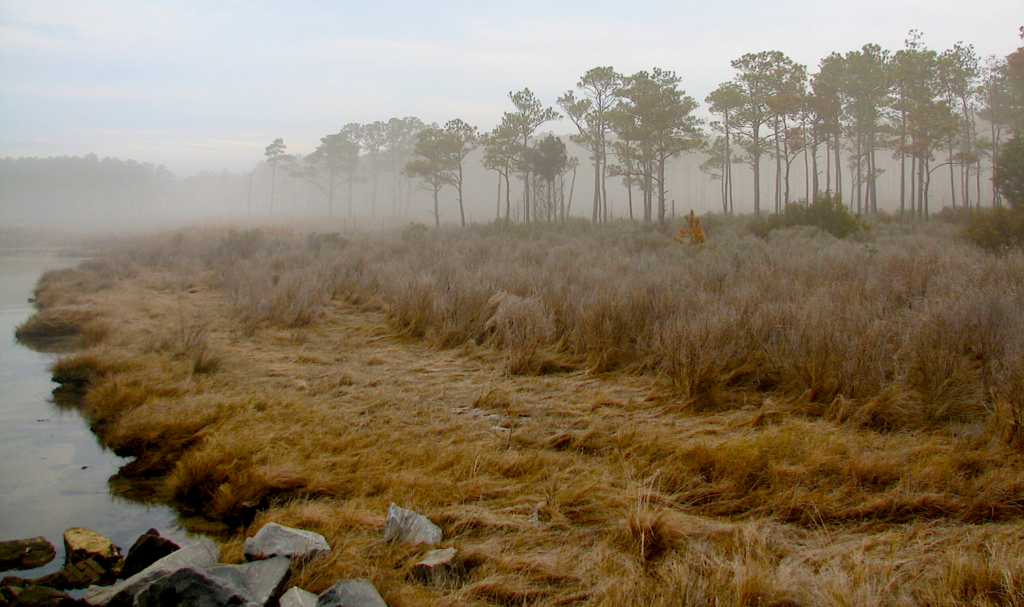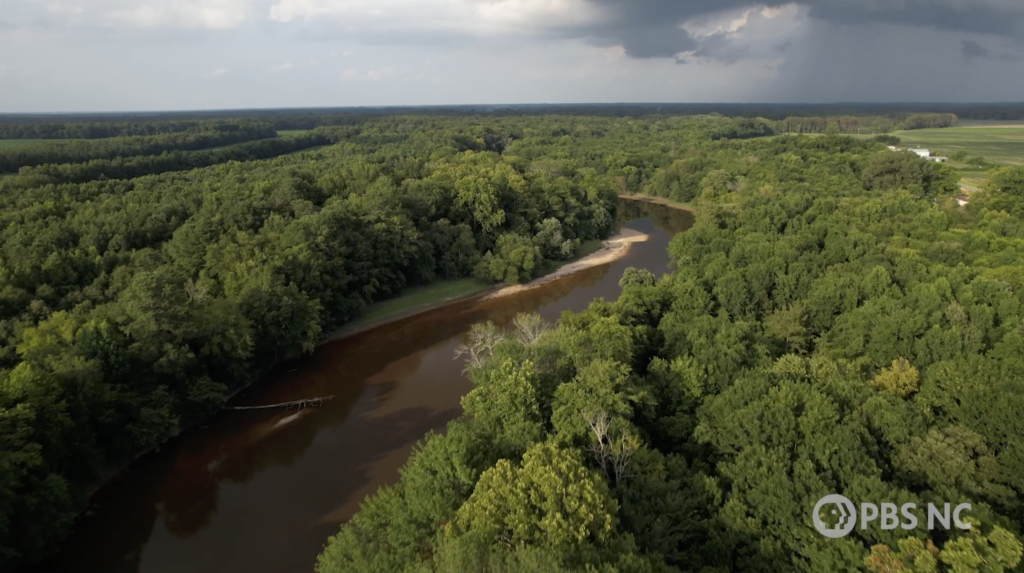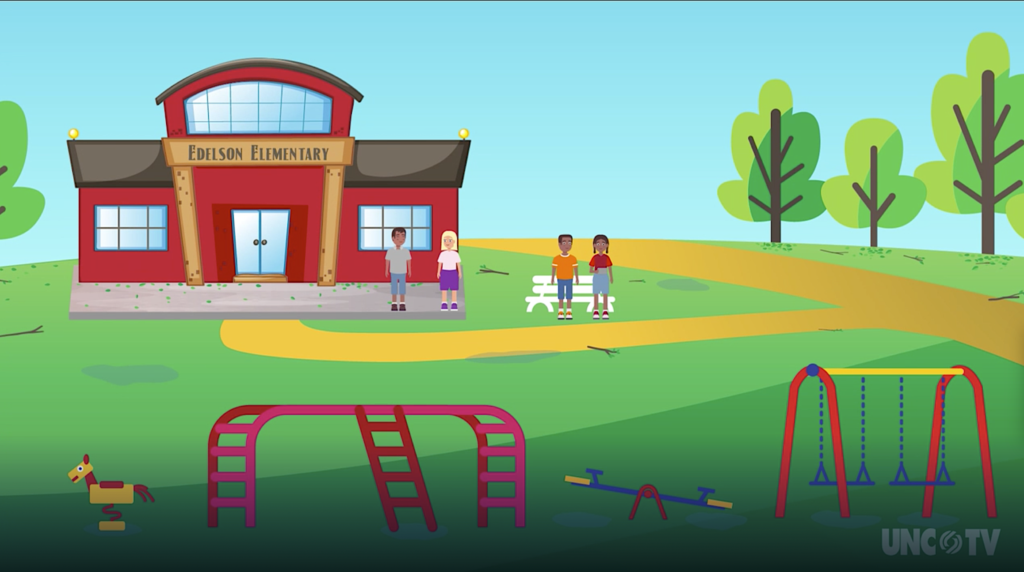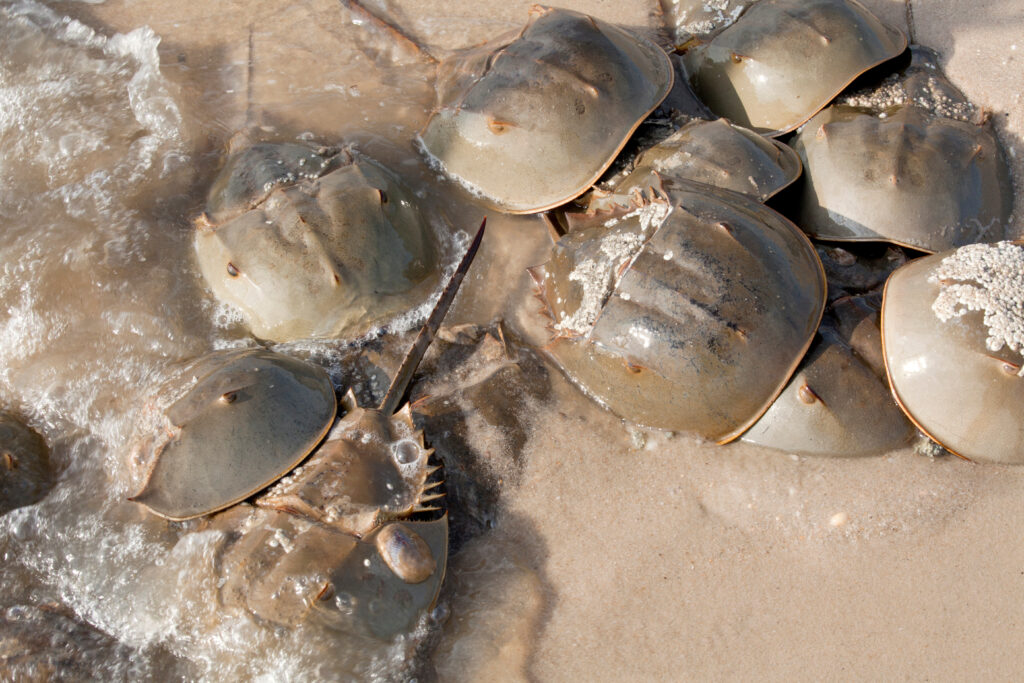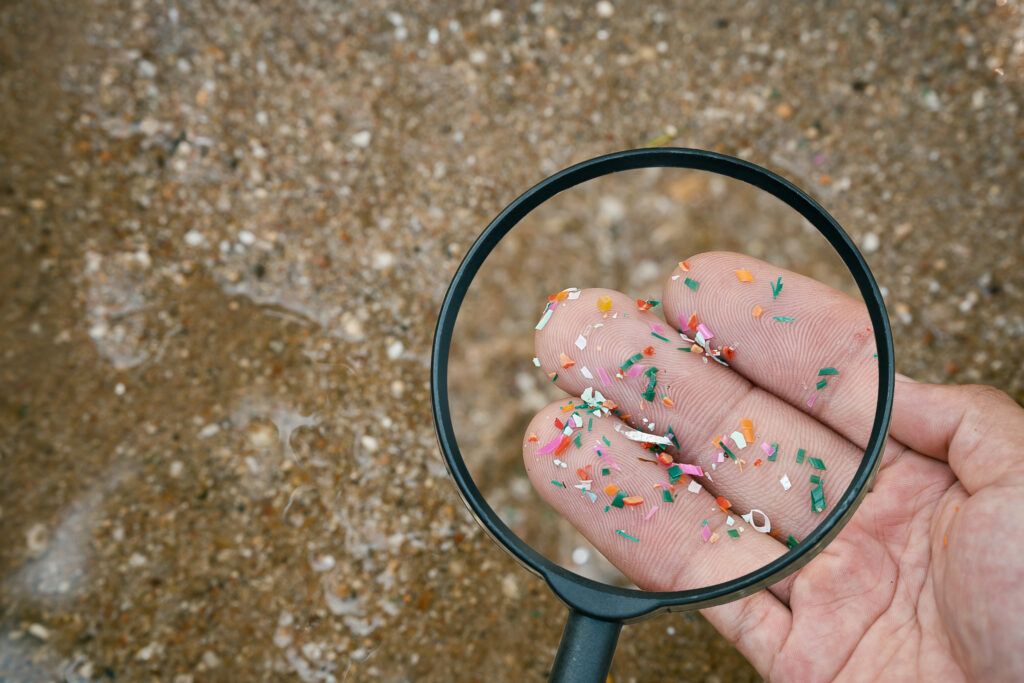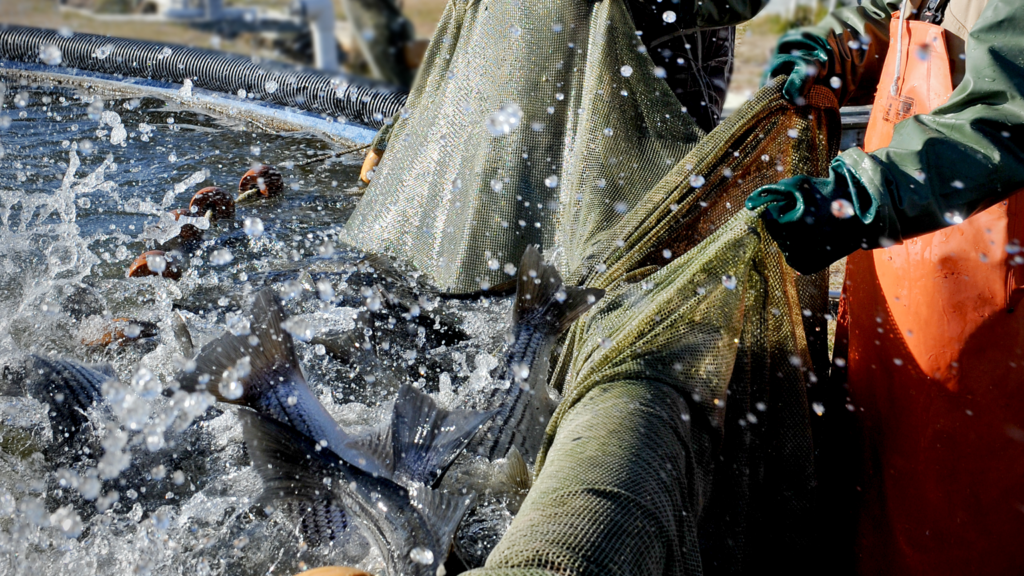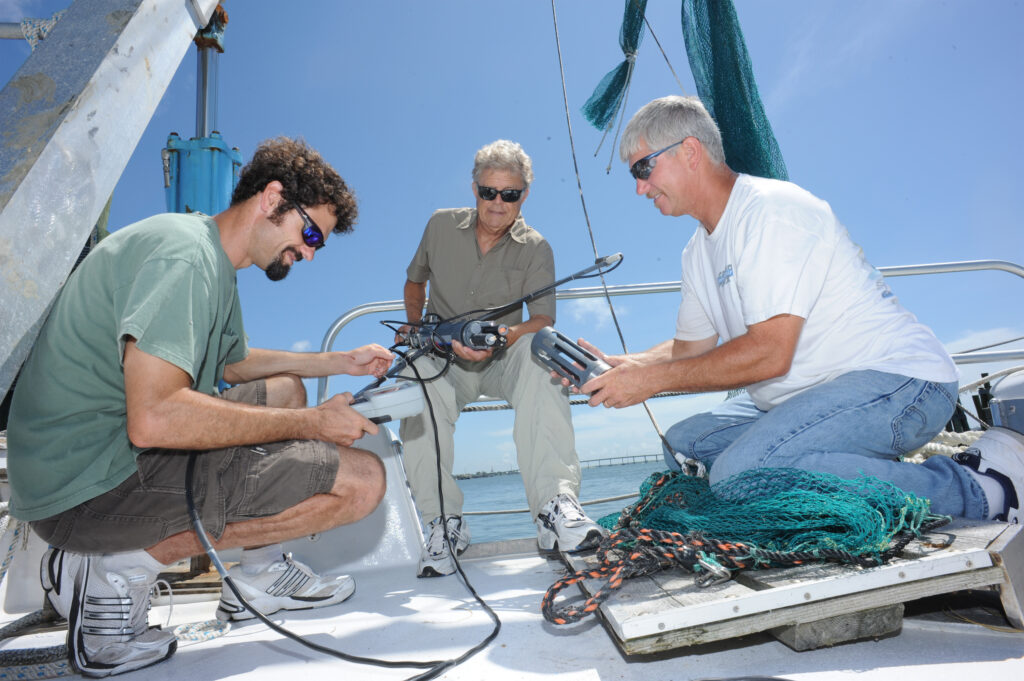Coastwatch Classroom
Coastwatch Classroom is an educational resource for teachers and students that offers new lesson plans.
Inside the Greenhouse: North Carolina’s Hottest Year on Record
For more free resources for teachers and students in North Carolina, visit Coastwatch Education.


